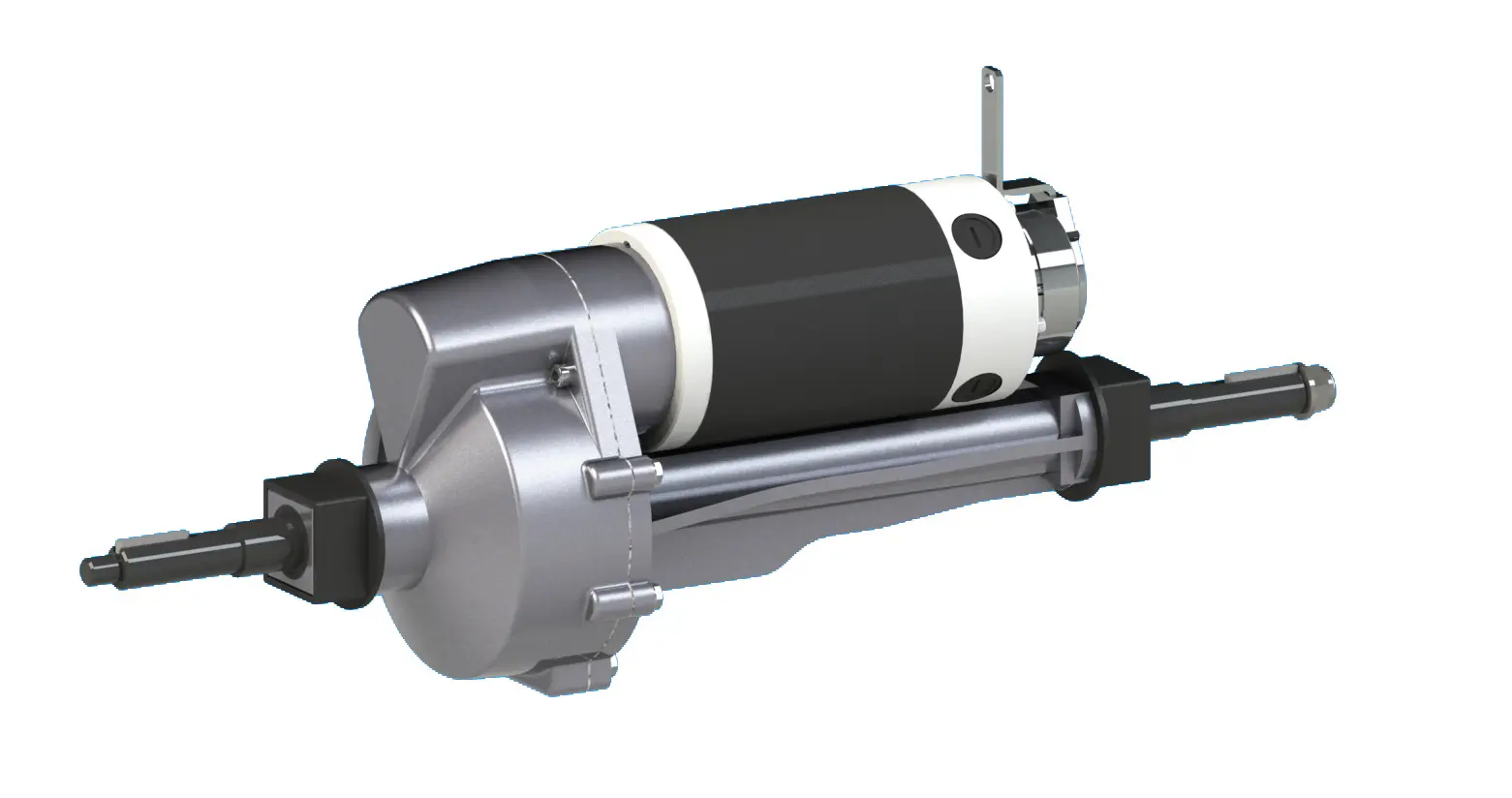How Do Electric Transaxles Contribute to Reducing Emissions in the Automotive Industry?
1. Introduction
The automotive industry is undergoing a significant transformation with the increasing adoption of electric vehicles (EVs). One of the key components driving this change is the electric transaxle. Unlike traditional transmissions, electric transaxles integrate the electric motor, transmission, and differential into a single unit, providing efficient power delivery to the wheels. This integration not only enhances vehicle performance but also plays a crucial role in reducing emissions.
2. The Basics of Electric Transaxles
An electric transaxle combines the functions of an electric motor and a transmission system. In electric mode, it provides pure electric driving with zero tailpipe emissions. When the battery charge is low, it can switch to hybrid mode, using the internal combustion engine to generate electricity and extend the vehicle’s range. This flexibility allows electric transaxles to be used in various types of vehicles, including battery electric vehicles (BEVs), plug-in hybrid electric vehicles (PHEVs), and hybrid electric vehicles (HEVs).
3. How Electric Transaxles Reduce Emissions
3.1 Zero Tailpipe Emissions
One of the most significant contributions of electric transaxles to emission reduction is the elimination of tailpipe emissions. Traditional internal combustion engines (ICEs) emit pollutants such as carbon dioxide (CO₂), nitrogen oxides (NOx), and particulate matter (PM), which contribute to air pollution and climate change. In contrast, electric vehicles powered by electric transaxles produce zero tailpipe emissions, making them a more environmentally friendly option.
3.2 Improved Fuel Efficiency
Electric transaxles enhance the overall efficiency of electric vehicles. By optimizing the use of electric power, they reduce energy consumption and increase the vehicle’s driving range. This efficiency is particularly important in urban driving conditions, where frequent stops and starts can significantly impact fuel consumption. The improved fuel efficiency of electric transaxles translates to lower emissions over the vehicle’s lifecycle.
3.3 Multi-Speed Transmissions
While single-speed transmissions are common in electric vehicles, there is a growing interest in multi-speed transmissions for electric transaxles. These can improve efficiency and performance, particularly at higher speeds. Multi-speed transmissions allow the electric motor to operate at its most efficient point, reducing energy losses and further lowering emissions.
3.4 Weight Reduction and Better Handling
Electric transaxles are generally more compact and lightweight than traditional drivetrain systems. This weight reduction not only improves the vehicle’s efficiency but also enhances handling and stability. A lighter vehicle requires less power to move, resulting in lower energy consumption and reduced emissions. Additionally, the improved weight distribution and handling characteristics contribute to a safer and more enjoyable driving experience.
3.5 Lower Maintenance and Longer Lifespan
Electric transaxles have fewer moving parts compared to traditional mechanical systems. This reduction in complexity leads to decreased wear and tear, resulting in lower maintenance costs and a longer lifespan. With fewer parts to fail, the average lifespan of an electric transaxle can exceed 150,000 miles. The reduced maintenance needs and longer lifespan of electric transaxles contribute to lower overall emissions over the vehicle’s lifecycle.
4. Applications of Electric Transaxles
4.1 Passenger Cars
Electric transaxles are widely used in passenger cars, providing instant torque and smooth acceleration. These characteristics make electric vehicles highly responsive and enjoyable to drive. The reduced emissions and improved efficiency of electric transaxles make them an attractive choice for environmentally conscious consumers.
4.2 Commercial Vehicles
Electric transaxles are also gaining traction in the commercial vehicle sector. Electric buses, for example, are becoming increasingly popular in urban transportation due to their ability to handle substantial weight and provide sufficient torque for smooth acceleration and braking. Similarly, electric trucks benefit from electric transaxles, which enable them to manage heavy loads and demanding duty cycles while reducing emissions and operational costs.
4.3 Two-Wheelers and Three-Wheelers
The electric two-wheeler market is rapidly expanding, driven by the eco-friendly nature of these vehicles. Electric motorcycles and scooters often utilize electric transaxles, which provide efficient power transmission and smooth acceleration. Electric three-wheelers, used for various purposes such as personal transportation and cargo delivery, also benefit from electric transaxles, which optimize power delivery and ensure stability.
Post time: Aug-11-2025


